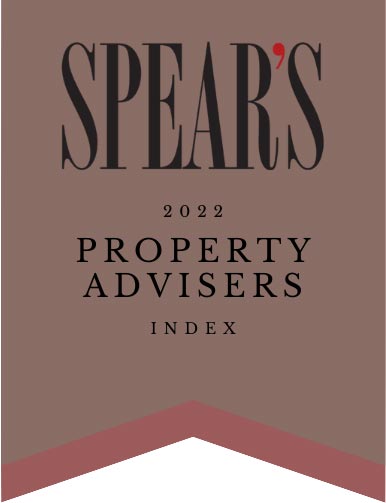In response to the pandemic, the government has announced Project Speed – a series of initiatives designed to help rebuild the economy and restimulate economic growth in the wake of the COVID-19 pandemic.
For property developers, the most significant initiative is the introduction of a number of new property use classes. The introduction of these new use classes is set to make investing in the UK high street significantly easier, reducing red tape around property development processes and offering developers increased flexibility within their portfolios. Paul Welch, CEO of largemortgageloans.com has called the changes in use classes “invaluable” for property developers, stating that it “allows them to take full advantage of prime properties in vibrant, metropolitan areas, while developing agile commercial strategies which allow them to maximise their investments in the post-pandemic landscape.”
Class E is perhaps the most significant of the new use classes. It groups together a wide variety of commercial uses into a single use class — covering shops, financial and professional services, restaurants and cafés, offices, light industrial use, medical/health services, creches, day nurseries and indoor sports venues. Grouping together a wide variety of commercial uses into a single class allows property developers to move seamlessly between uses, without having to apply for additional planning permissions or development rights.
In addition to this, the Government has introduced a new Permitted Development Right (‘PDR’) which allows property developers to convert Class E high street units into residential properties, if they meet certain conditions. More on these conditions can be found here.
Class E: Allowing flexibility, encouraging entrepreneurship
The introduction of these new use classes will go some way towards encouraging innovation and reducing the administrative costs for property developers. Firstly, by allowing developers to switch seamlessly between property uses, Class E encourages the development of multi-functional venues. For example, a property could function as a shop during the day, and a restaurant at night. In turn, this allows local businesses to attract a greater variety of customers, thus increasing footfall on UK high streets, and reinvigorating neglected or under-utilised areas.
Secondly, Class E also allows for complete flexibility within property portfolios — if a business idea isn’t coming to fruition, the wide range of uses within Class E allows developers to quickly adjust their commercial strategies, to allow them to react to market changes or meet customer demand. This benefit is particularly significant in the wake of COVID-19, which saw demand for office space half as workers adjusted to working remotely. Class E will allow developers to adjust their commercial strategies quickly and cost-effectively.
Class E also greatly improves divestment opportunities for developers. The wide range of use classes included within Class E simplifies the resale of properties, meaning that developers have a much wider pool of potential landlords to choose from. This vastly reduces the risk of unfilled tenancies for developers, providing them with a more regular, reliable income.
Finally, Class E should help solve the UK’s housing crisis, by creating new residential properties in sought-after metropolitan areas. For example, the City of London has announced that they will aim to create 1,500 new homes by 2030, 35% of which will be repurposed office spaces. It’s also likely that we will see new metropolitan hubs crop up over the next few years, with areas diversified and revitalised by new businesses and increasingly agile property developments.
If you’re interested in investing in the UK’s high street and developing flexible strategies for your commercial property portfolio, largemortgageloans.com are here to help. We provide creative solutions for sophisticated financial portfolios. Find out more about our commercial property offering here.




















